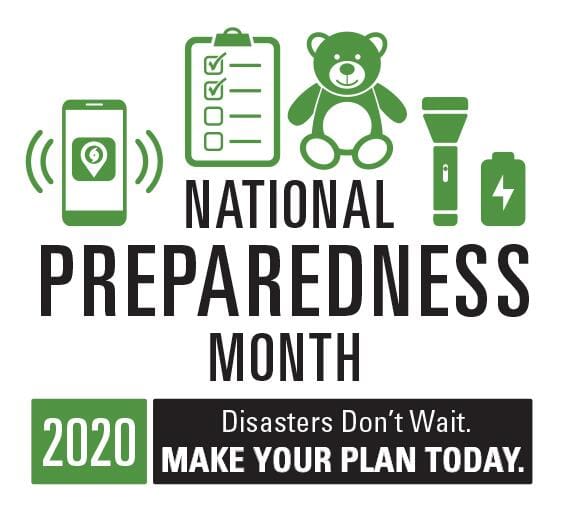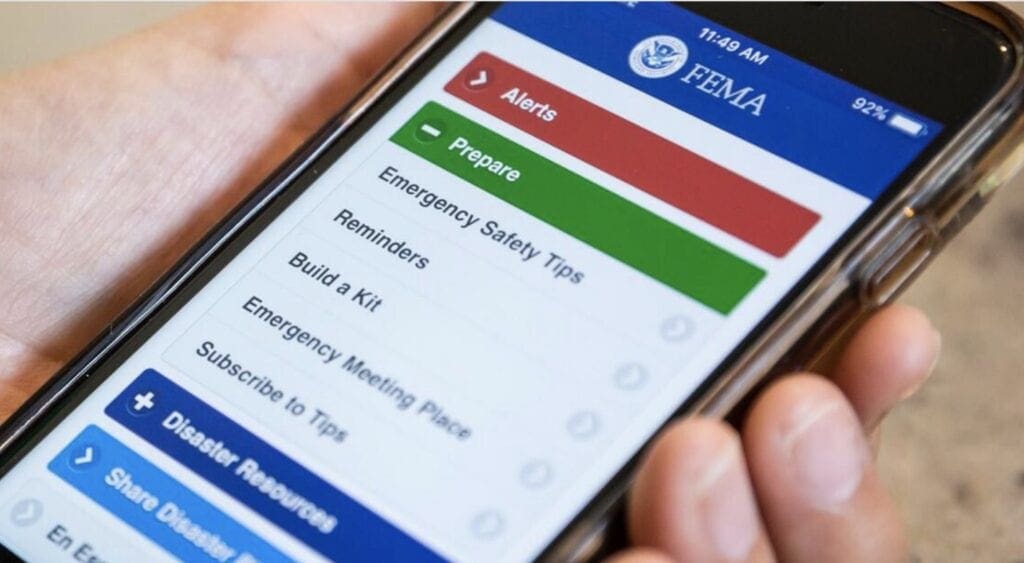Search Posts
Recent Posts
- Washington Bridge moving to 6 tight lanes – time for good situational awareness April 19, 2024
- Rhode Island Weather for April 19, 2024 – John Donnelly April 19, 2024
- Homeless in RI: Opening of Providence pallet shelter community delayed – Rhode Island Current April 19, 2024
- Outdoors in RI: Rainy days and fishing, We the People, customer service, 2A update – Jeff Gross April 19, 2024
- GriefSPEAK: Voir Dire – Mari Nardolillo Dias April 19, 2024
Categories
Subscribe!
Thanks for subscribing! Please check your email for further instructions.

Week 3 – Prepare for Disasters
Disasters and Emergencies
Hurricanes are dangerous and can cause major damage because of storm surge, wind damage, and flooding. They can happen along any U.S. coast or in any territory in the Atlantic or Pacific oceans. Storm surge is historically the leading cause of hurricane-related deaths in the United States. Eastern Pacific hurricane season is from May 15 to November 30 and Atlantic hurricane season is from June 1 to November 30.
Know what disasters and hazards could affect your area, how to get emergency alerts, and where you would go if you and your family need to evacuate. Make sure your family has a plan and practices it often.
Listed below are links to all kinds of disasters that can become challenges for us. You can click on them and get all kinds of information.
Here we will deal with just one – and an unusual one that is becoming important for us to know more about:
Mass Attacks in Crowded & Public Spaces
While the threat of mass attacks is real, we can all take steps to prepare, protect ourselves and help others.
What are Mass Attacks?
Assailant(s):
- Use weapons to attack crowds.
- Target less protected indoor or outdoor spaces.
- Intend to harm multiple victims.
- Use the attack(s) to intimidate.
- Can use makeshift or modern weapons.
Types of Mass Attacks
- Active shooter: Individuals using firearms to cause mass casualties.
- Intentional Vehicular Assault (IVA): Individuals using a vehicle to cause mass casualties.
- Improvised Explosive Device (IED): Individuals using homemade bombs to cause mass casualties.
- Other methods of mass attacks may include knives, fires, drones or other weapons.
Protect Yourself Against a Mass Attack
- Stay alert.
- Seek safety.
- Cover and hide.
- Defend yourself.
- Help the wounded.
If You See Something, Say Something®
Report suspicious behavior, items or activities to authorities.
Observe Warning Signs
Signs might include unusual or violent communications, expressed anger or intent to cause harm and substance abuse. These warning signs may increase over time.
Be Alert to Your Surroundings
Observe what is going on around you and avoid distractions such as texting, listening to headphones or being on your cell phone.
Have an Exit Plan
Identify exits and areas to hide under cover wherever you go, including at work, school and special events.
Plan to Seek Cover for Protection
Map out places to seek cover. Place a barrier between yourself and the threat using solid objects, walls and locked doors as protection.
Learn Lifesaving Skills
Take trainings such as You Are the Help Until Help Arrives and first aid to assist the wounded before help arrives.
How to Stay Safe When a Mass Attack Threatens
Prepare NOW
Be alert to your surroundings. If You See Something, Say Something®
Observe warning signs:
- Unusual or threatening communications.
- Expressed grievances related to a workplace, personal or other issues.
- Ideologies promoting violence.
- Suspicious behavior such as excessive questioning or attention to security details.
- Unusual items or packages.
Know Exits and Areas to Cover and Hide
- When visiting new places, take time to identify at least two nearby exits.
- Identify areas you could hide under cover in case of attack in familiar places such as work, school and outdoor events.
Be Ready to Help
- Learn and practice skills such as casualty care, CPR and first aid. Teach others.
- Organize and participate in safety drills in places where people gather including home, school and work.
Survive DURING
Stay Alert
- Pay attention to what is happening around you so that you can react quickly to attacks.
Run to Safety
- If there is an accessible escape path, attempt to evacuate the building or area regardless of whether others agree to follow.
Cover and Hide
- If evacuation is not possible find a place to hide out of view of the attacker and if possible, put a solid barrier between yourself and the threat.
- Keep silent.
Defend, Disrupt, Fight
- As a last resort, when you can’t run or cover, attempt to disrupt the attack or disable the attacker.
- Be aggressive and commit to your actions.
Help the Wounded
- Take care of yourself first and then, if you are able, help the wounded get to safety and provide immediate care.
Be Safe AFTER
Call 9-1-1
- When you are safe, call 9-1-1 and be prepared to provide information to the operator including location of the incident, number of injured and details about the attacker(s).
Continue Lifesaving Assistance
- If you are able, continue to provide care until first responders arrive.
When Law Enforcement Arrives
- Remain calm and follow instructions.
- Keep hands visible and empty.
- Report to designated areas to provide information and get help.
Monitor Communications
- Listen to law enforcement’s messages for information about the situation. Share updates with family and friends.
Consider Seeking Professional Help
- Be mindful of your health. If needed, seek help for you and your family to cope with the trauma.
- Emergency Alerts
- Active Shooter
- Attacks in Public Places
- Avalanche
- Bioterrorism
- Chemical Emergencies
- Cybersecurity
- Drought
- Earthquakes
- Explosions
- Extreme Heat
- Floods
- Hazardous Materials Incidents
- Home Fires
- Household Chemical Emergencies
- Hurricanes
- Landslides & Debris Flow
- Nuclear Explosion
- Nuclear Power Plants
- Pandemic
- Power Outages
- Radiological Dispersion Device
- Severe Weather
- Snowstorms & Extreme Cold
- Space Weather
- Thunderstorms & Lightning
- Tornadoes
- Tsunamis
- Volcanoes
- Wildfires
- Recovering from Disaster

